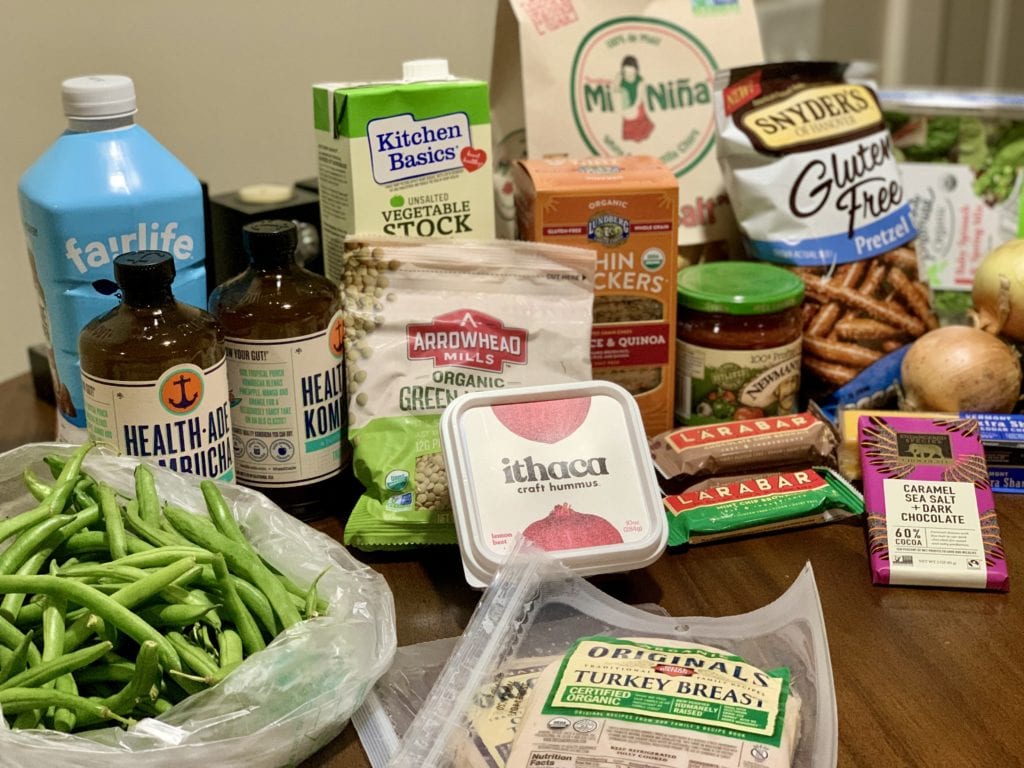Have you checked out the nutrition facts on your favorite food products lately? If you have, you may have noticed a few changes. Over the past year, food companies have been slowly updating their products to be in compliance with the new FDA regulations. While many food companies have made the change over, you will probably notice that many products still carry the old facts label. The initial deadline for the new labeling was January 1, 2020, but those companies that make less than $10 million annually will have another year to comply with these new regulations.

So, what is this change all about? This is the first real overhaul of the nutrition facts label in 20 years. With an increased understanding of nutritional science and a change in how Americans eat, it became clear that it was time for a change. I, for one, am excited about these new changes because it makes it easier to understand what is in your food. Below, I will explain how.

Before we get into the details of these new changes, here is my disclaimer….
Nutrition facts are intended to allow you to quantify the nutrients within that food item. They should not be used to make blanket statements about a food being either good or bad. This information is simply a tool to help you understand the nutritional value of foods you are eating and how you can best include them in an overall balanced diet. Everyone’s dietary needs are different and what nutrients are of value to one individual may be of mild importance to another. This is simply a review of what changes have been made and does not address how to apply this information into your diet.
What’s new?
1. Serving Size: This was determined by looking how much of that food item is more commonly eaten at one sitting. Americans are now eating larger portions, and the serving sizes of many food items have been adjusted to display portion sizes that are more realistic for today’s standards. For example, a serving of soda on the old food label was 12oz and now it is required to be 20oz. Reminder, a serving size doesn’t dictate how much you should be eating at one sitting; it is a method of standard measurement to allow you to quantify what nutrients are in that item and to allow you to better compare it to like food products.
2. Servings Per Container: This denotes just that: the number of servings in a container. If a food product is perceived to be a single serving but holds more than one serving within that container, then the label must provide the nutrition information for both a single serving AND that for the whole container in side by side columns. In other words, the food companies are no longer able to manipulate the servings per container to skew the numbers to look more appealing to consumers. Ie: a pint of ice cream will display the facts for a single serving and the whole container side by side.
3. Fats: Similar to the old label, the new label only has to display trans fat and saturated fats. A food company can voluntary decide if they want to display any unsaturated fats on that label as well. What is different is that they are no longer displaying calories from fat on the label. This is because we now know the type of fat you consume and the ratio of the kinds of fat are far more important than total fat.
4. Added Sugar: Now both “total sugar”, which includes a total of naturally occurring sugar and added sugar, and “added sugar” are both listed on the label. This is huge because you don’t have to do as much digging to guess how much of the total sugar is naturally occurring and how much is added.
5. Micronutrients: The nutrients required to be listed on the bottom of the nutrition facts has changed to include those micronutrients that the general population is not getting enough of. In addition to that change, the quantity must also be included along with the percentage of the daily value.
For a sneak peek of the new label check out this side by side comparison of the new vs old nutrition facts.
I hope this helped… Happy shopping!
Leave a Reply